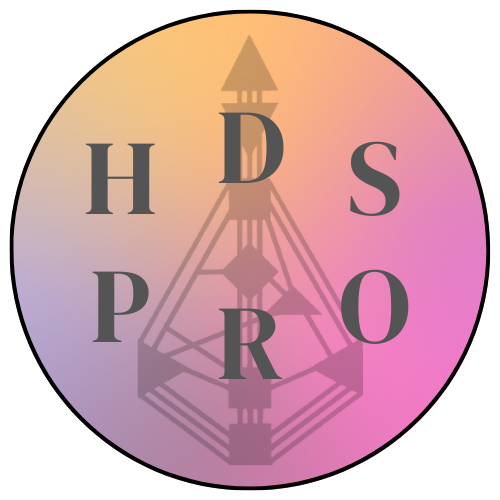The Meaning of SUBCONSCIOUS and UNCONSCIOUS
We seem to easily conflate the terms subconscious and unconscious, yet they mean something very different, and the differences are important. I’ve been thinking about how common words are often brought into some discipline which then slightly changes the meaning of those words. I thought it would be interesting to look at the terms SUBCONSCIOUS and UNCONSCIOUS in 3 disciplines to see how each one uses them.
It’s important to understand what subconscious and unconscious mean – especially the term unconscious in Human Design.
Modern Philosophy:
Subconscious and unconscious are terms that occupy complex spaces within our understanding of the mind. The subconscious refers to those thoughts and feelings we can access, albeit indirectly or with some difficulty, via introspection or psychoanalytic techniques. Unconscious, on the other hand, refers to mental processes inaccessible to our conscious mind and are largely automatic.
In the realm of philosophy, these concepts pose existential questions. If we’re unable to perceive aspects of our thoughts and feelings, how does that shape our personal identity? Can we claim to have free will if our unconscious mind shapes our behaviors without our direct awareness?
Theoretical Physics:
Looking at the mind from a physicist’s perspective, the subconscious and unconscious could be seen as the result of different states of neural network interactions. The unconscious could be akin to background processes in a computer – they’re essential for its functioning but are generally unnoticeable unless something goes wrong. The subconscious, in contrast, could be compared to minimized programs or files saved on a hard drive – not immediately apparent, but can be accessed with some effort.
The principles of quantum mechanics describe particles’ behavior that’s counterintuitive to our macroscopic experience. Similarly, the unconscious and subconscious contain thoughts, ideas, or associations that seem alien or counterintuitive to our conscious mind. Nonetheless, they play a crucial role in our mental processes.
Neural Biology:
From a biological standpoint, subconscious and unconscious processes could correspond to different areas and activities within the brain. The unconscious brain, which controls automatic processes like breathing and instinctual responses, might be linked to primitive brain areas, like the brainstem and the amygdala.
Subconscious processes, such as memories or thoughts that we can recall with some effort, might involve more complex neural networks spanning the hippocampus (associated with memory) and the prefrontal cortex (associated with planning and decision-making). Possibly more closely associated with our self-narrative (a distributed complex) rather than just specific areas of the brain.
In that view, the subconscious and unconscious are not so much different ‘types’ of thought. Rather, they are reflections of the brain’s hierarchical structure, with lower levels controlling automatic, unconscious processes, and higher levels dealing with complex, potentially subconscious thoughts.
Summary of Subconscious and Unconscious in 3 Disciplines:
Each perspective provides a unique lens through which to explore these mysterious aspects of human consciousness that may produce inaccurate information. I prefer the Neural Biological view; that they correspond to different brain areas and processes, reflecting the hierarchical structure of our neural architecture.
If you liked this post, you may also like Thoughts on the Defined, Undefined, and Open Centers!
Photo by Jr Korpa

About Kip Winsett, Top Rated Human Design Expert in San Diego, California
I have been a licensed Human Design analyst since 2000, having studied extensively with Chetan Parkyn, Zeno, and Martin Grassinger.
In 2004 I was contracted to write the “Basic” course for the only online HDS school in the country approved by Ra Uru Hu. All of my material was reviewed and approved by Ra.
Follow me on Instagram for more great Human Design content!


Recent Comments